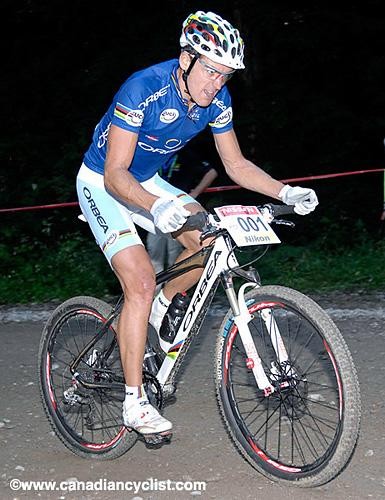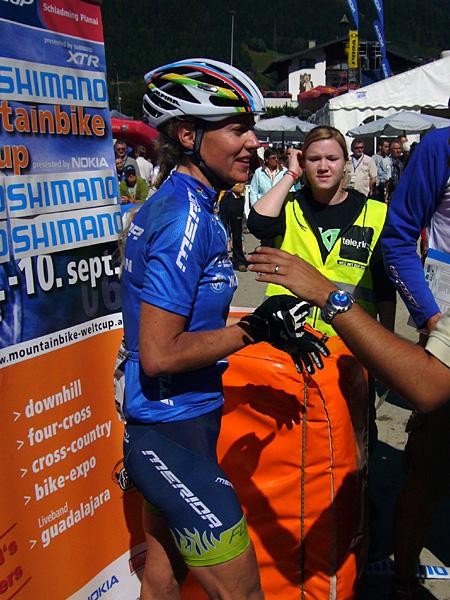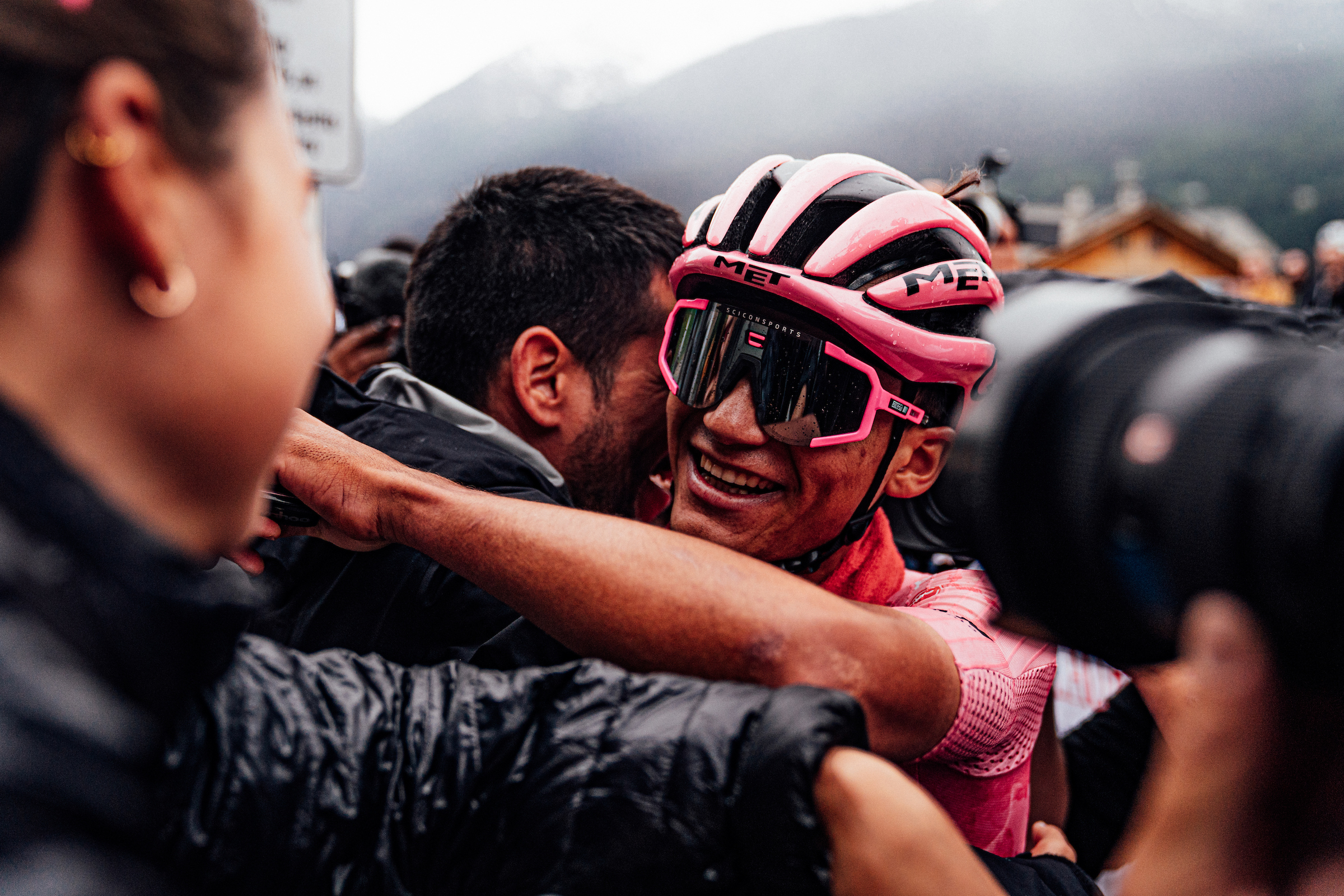Olympic national team sizes almost determined
The UCI rankings between January 1, 2006 and December 31, 2007, will be used to determine Olympic...


The UCI rankings between January 1, 2006 and December 31, 2007, will be used to determine Olympic starting spots by nation for the 2008 Olympic Games in Beijing. On January 1, a country's 2006 ranking will simply be added to its final 2007 ranking to determine an overall score. A nation's ranking for any given season is calculated by adding together the point totals of its top-three athletes in the individual rankings for that year.
To send the maximum team of three men and two women to Beijing, a nation must have a top-five ranking in the men's standings and a top-eight ranking for the women. Current rankings for 2007 (as of October 18) are listed below.
Once the point totals for 2006 and 2007 are combined, the order of ranking for the men is France (7,864), Switzerland (7,349), Spain (5,472), Belgium (4,364), and Germany (4,353), and the US (4,224). For the women, it's China (7,236), Germany (6,346), Canada (6,182) and the US (6,123).
Unlike the selection system for the 2004 Games in Athens which only recognized points from the 2003 season, the new two-year qualification window set by the UCI rewards a country for consistency over a longer period of time. The system also protects traditional mountain bike powerhouses from a lackluster pre-Olympic year that could be caused by illness or injury suffered by one of its star riders. Looking ahead, there has been some discussion of implementing a four-year cumulative qualifying period.
Only a few events offering UCI points remain on the 2007 calendar. It's a gamble as to what countries will send riders to places like Chile to collect the final points up for grabs.
The US is just one nation hoping to make the cut for sending the maximum possible number of athletes. For the 2004 Olympics, the US fielded a three person mountain bike contingent of only one woman, Mary McConneloug, and two men, Jeremy Horgan-Kobelski and Todd Wells. The US has all but assured itself of two entries in the women's event for the 2008 Games and currently teeters on the brink of sending the maximum of three men. The staff at USA Cycling has been thinking of the pros and cons of chasing the few remaining UCI points on offer before the end of the year.
"It's the beginning of the spring racing season in Chile, so it's essentially another three weeks of travel for the riders to make it a worthwhile endeavor," said USA Cycling National Mountain Bike Development Director Matt Cramer. "And as you know, for North Americans, November is typically a time for the riders to recover from their season and mentally recoup from the past season and prepare for the 2008 season. It's also the spring for the South Americans and they're geared up for the racing season to begin and so the points down there will be far from easy to secure.
The latest race content, interviews, features, reviews and expert buying guides, direct to your inbox!
"It wouldn't be easy to just show up and contend for those points when technically we're in a recovery period and they're at the pinnacle of their racing season," said Cramer. "In looking ahead to Beijing, it would be a much better scenario to send two physically and mentally well-prepared men to the Olympics who have a shot at contending compared to sending three men who are tired and burned out from accumulating enough points just to send three participants."
Cramer heads up the US program in which the men have ascended in the last four years by seven notches from 13th to sixth place while the women have raised their game three slots from seventh to fourth.
Cramer also gave his impressions of the Olympic course, which he viewed at the Beijing Test event in September. "At first glance, it doesn't look like a very difficult course. There's not much elevation gain and it’s a very urban course with no real technical sections. There are a few rock gardens that were manually built to make the course more difficult, but what's really going to make the race hard is that each lap is only four kilometers long.
"The men's race was ten laps and within each lap there are probably 10 to 15 very short, high-intensity efforts – going up little risers, coming out of hairpin turns into a little climb that maybe lasts 10 seconds – those sorts of things. It will all be about maintaining your momentum. It's a high-power course that's going to favor a rider with power, but also the ability to recover between those high efforts. So typically speaking, riders that are good at fast, non-technical but very difficult, high-powered courses are going to do very well in Beijing."
Sue George is an editor at Cyclingnews. She coordinates all of the site's mountain bike race coverage and assists with the road, 'cross and track coverage.
